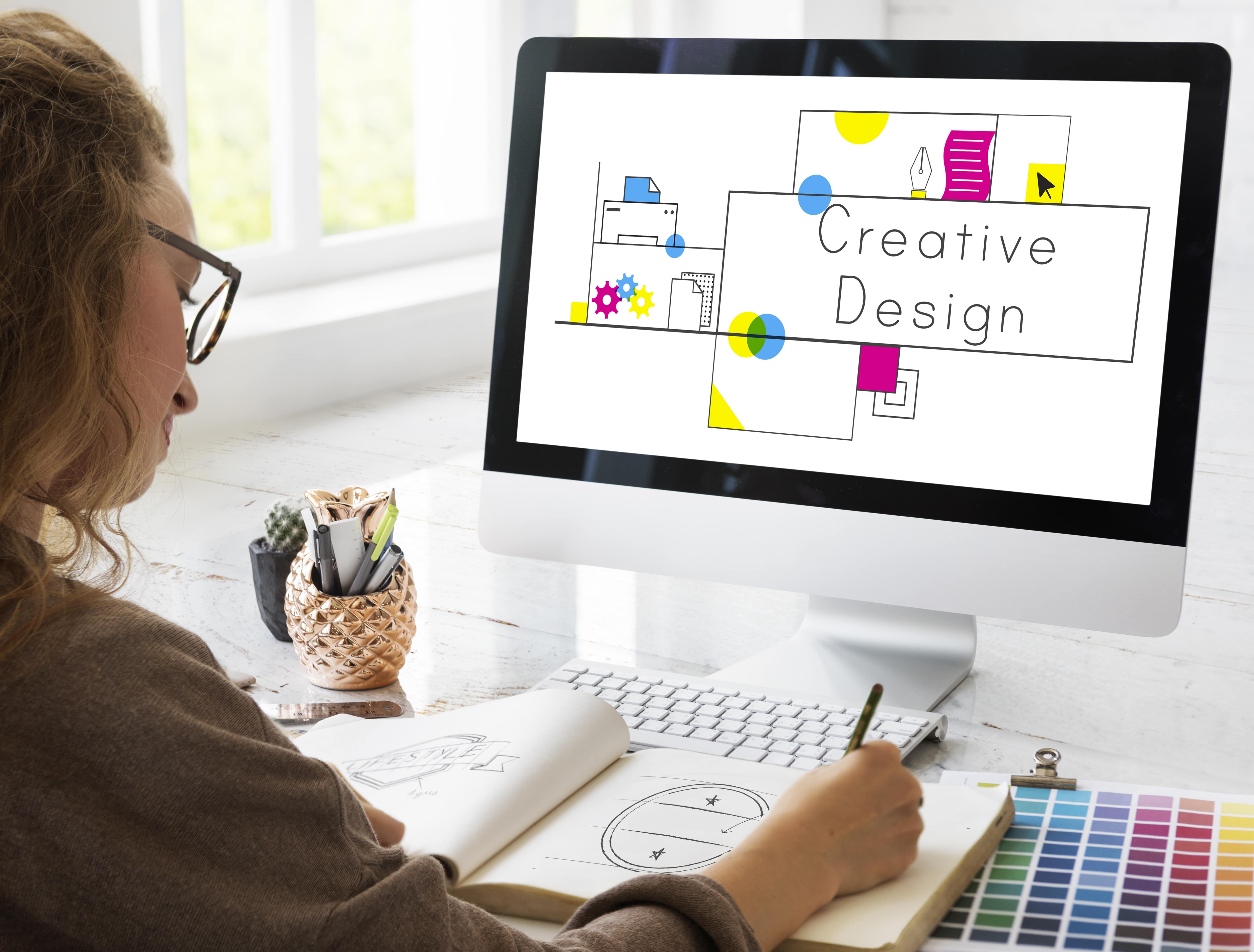Brand Voice in Web Copy: Connect Better With Your Audience


Choosing a logo is tough. It has to capture the spirit of your brand in a single, recognizable mark. While that might sound like a tall order, the good news is that there are endless directions you can go in. Some brands are clean and modern, some are bold and funky, and beyond. Your logo should reflect your personality, values, and vibe.
If you're feeling stuck trying to figure out a logo design style, these tried-and-true logo design styles can inspire your brand identity. And keep reading for a few tips at the end to help you find the one that fits you best.
Less is more in this style. It's clean lines, smart use of space, and typefaces that feel timeless. Minimalist logos focus on clarity and balance. They often use geometric shapes or single-color designs that scale well across platforms, from Instagram profiles to storefront signage.
Why it works: These logos exude confidence and sophistication without trying too hard. They don't need bells and whistles to stand out; they're quietly iconic. Brands like Apple and Everlane are perfect examples.
When to consider it: If your brand values clarity, precision, and elegance, or if you want your design to feel fresh for years to come.
There's something about a throwback logo that feels instantly trustworthy. This style draws inspiration from decades past, incorporating elements such as hand-drawn type, badge shapes, and classic color palettes. It works especially well for brands that lean into heritage, nostalgia, or craft.
Why it works: These logos tap into emotion and memory. They can make a new brand feel established and enduring. Some examples include Topo Designs, Levi's, and Polaroid.
When to consider it: If your brand has an old-school ethos, or if you want to convey handmade quality or small-batch tradition.
Fun, bright, and a little quirky, this style doesn't take itself too seriously. Playful logos use creative illustrations, bold colors, or surprising type choices to give off a warm and human feel. They're approachable and full of personality.
Why it works: These logos feel alive. Brands like Mailchimp or Duolingo have leaned into this style to stand out and show a sense of humor or approachability.
When to consider it: If your brand is people-focused, youthful, or fun-loving, and you want to be instantly recognizable.
If your brand lives in the wellness, sustainability, or outdoor space, nature-inspired logos can help ground your identity. These designs often use earthy tones, soft curves, and elements like leaves, mountains, or waves.
Why it works: This style creates a feeling of calm, wellness, and eco-consciousness. Look to Patagonia, Arc'teryx, or REI for examples that strike a balance between simplicity and a sense of place.
When to consider it: If your brand values natural ingredients, environmental sustainability, or mindfulness.
Some logos want to whisper, others want to shout. This style is made for standing out. It consists of bold type, high contrast, geometric or abstract forms, and a sense of graphic edge that demands attention.
Why it works: Bold logos don't blend in. They convey confidence and energy, making them great for startups, media brands, or anything in the fashion or fitness world. Think Nike, Target, or even MTV in its heyday.
When to consider it: If your brand is fearless, disruptive, or youth-focused. Or if you want to make a strong first impression.
Perfect for makers, creatives, or anyone who wants their brand to feel like a piece of art. Handcrafted logos often use hand lettering, textured elements, or rough edges that feel personal and real.
Why it works: These designs are full of character and charm. They show there's a person behind the brand. You'll often see this style with artisanal food brands, small-batch goods, or handmade products. Examples include Tahoe Artesian Water and The Radish Hotel.
When to consider it: If your business is rooted in craftsmanship, artistry, or storytelling, and you want your logo to reflect that.
These logos have no icons or images; they are simply text-based. Typographic logos rely entirely on the power of words and letterforms. This approach puts the spotlight on your brand name and lets the font do the talking.
Why it works: With the right font choice, even the simplest text logo can feel iconic. Just look at Vogue and The New York Times. All are memorable without needing a single symbol.
When to consider it: If you want a timeless, editorial, or elegant feel, or if your brand name alone is your strongest visual element.
Now that you've seen some different directions you can go, let's talk about how to narrow it down. Don't focus on current trends, focus on what's true to you. Here are a few questions to help guide your design process:
Don't be afraid to sketch, mood board, or play with ideas. Sometimes clarity comes from exploration. There's no one-size-fits-all logo style, but there is one that fits your brand perfectly. Want even more ideas? Check out these 50 Top Logo Examples.
Need help defining your style or working with a designer? Let's talk.